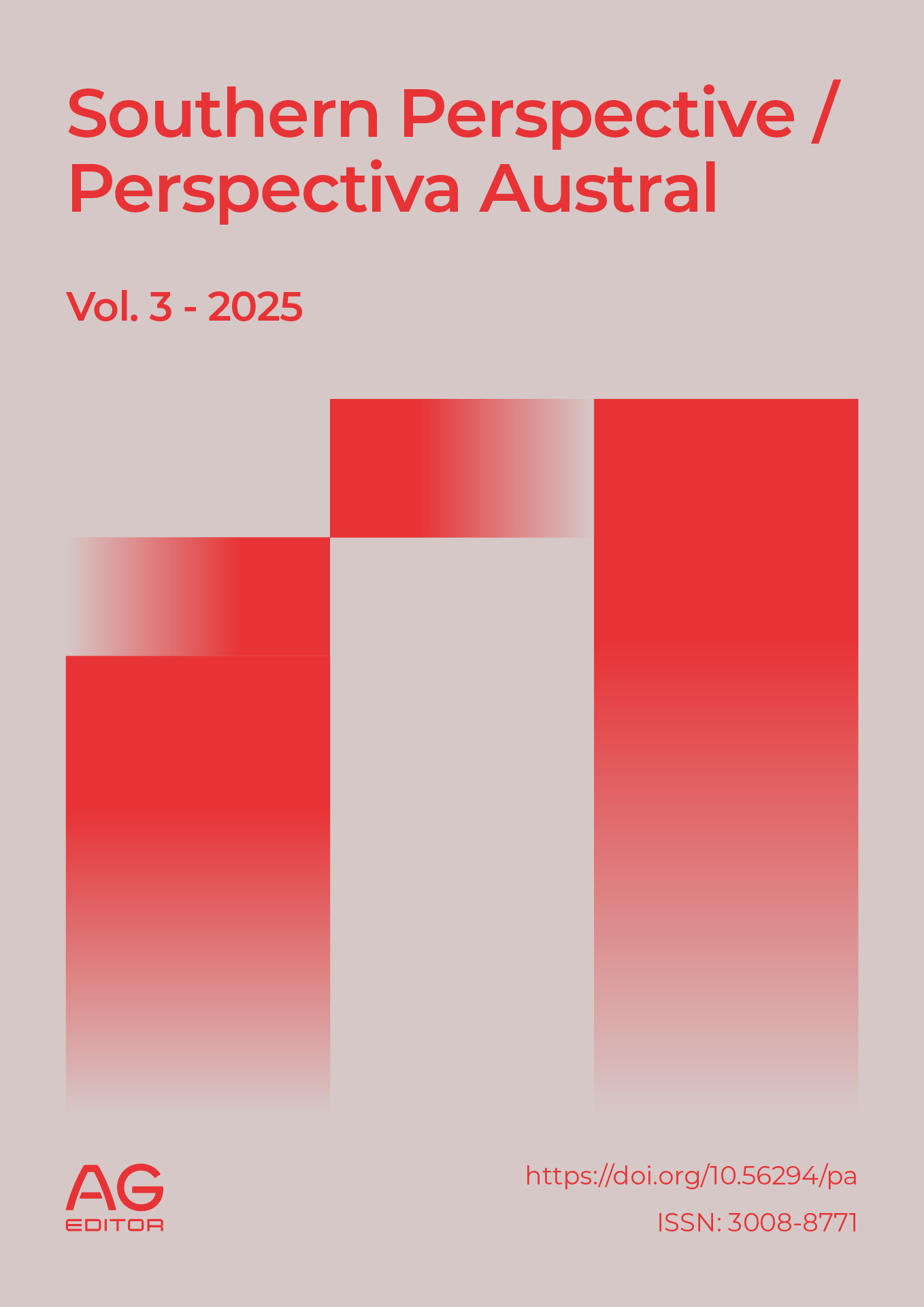A game between semiotics and beauty advertising on social networks
DOI:
https://doi.org/10.56294/pa2025189Keywords:
Advertising, social media, beauty, women, stereotypesAbstract
Over time, the way in which communication is perceived has changed. What used to be television, magazines or print advertising, today is social media. Along with this, there has also been a change in the way beauty advertising is communicated, as it used to not show women of color, robust , with freckles, with short hair, etc. Now it is a little more normalized, as it has influenced women with these stereotypes and they compare themselves to themselves. However , this type of beauty advertising, such as makeup, lingerie or even influencers, still has limits that have made women have a perfect standard of beauty, i.e. the fact of being skinny, having good attributes, a perfect smile, long nails, long hair, etc., to be accepted in society or with themselves, which is a situation that is normalized in social networks. This review article will analyze the impact that this type of advertising on social networks has had on Colombian women and how this has created stereotypes in society itself. It will identify the important role played by aesthetic semiotic codes in this situation and will compare different cases of some brands such as Victoria's Secret and Avon
References
Giraldo, G.(2022). Análisis semiótico de la transformación del uso de los estereotipos de género de belleza femenina en los comerciales de la televisión colombiana desde la psicología social. Universidad Nacional Abierta y a Distancia - UNAD.
Sánchez, L. (2018). La mujer como objeto de consumo en los medios masivos de comunicación. [Tesis de grado]. Universidad Santo Tomás.
Rodríguez, M., Pando, M. y Berasategi, M. (2016). ¿Generan estereotipos de género los medios de comunicación? Reflexión crítica para educadores. Universidad de Deusto. http://dx.doi.10.18543/dsib-1(2016)-pp89-115.pdf
Jimenez, G. (2021) LAS REDES SOCIALES COMO HERRAMIENTA DE COMUNICACIÓN ENTRE PÚBLICOS: ENDORSEMENT MARKETING COMO FORMA DE PUBLICIDAD. https://idus.us.es/server/api/core/bitstreams/b134433d-b5a4-4b0b-89ac-44d770a72eeb/content
ESTUDIO ANUAL DE REDES SOCIALES (IAB Spain) (2019). Estudio Anual Redes Sociales 2019: Versión Abierta. https://bit.ly/2Mmgwfx
AKHAVI, M. (2015). Who Really Influences Your Purchasing Decisions? Startup Grind. https://bit.ly/36jy9nH
GÓMEZ NIETO, B. (2018). El influencer: herramienta clave en el contexto digital de la publicidad engañosa. Methaodos. Revista de Ciencias Sociales, 6(1), 149-156.
Albert, S. L., Massar, R. E., Cassidy, O., Fennelly, K., Jay, M., Massey, P. M., & Bragg, M. A. (2024). Body positivity, physical health, and emotional well-being discourse on social media: Content analysis of Lizzo’s Instagram. JMIR Formative Research, 8, e60541. https://doi.org/10.2196/60541
Cohen, R., Irwin, L., Newton‐John, T., & Slater, A. (2019). #bodypositivity: A content analysis of body positive accounts on Instagram. Body Image, 29, 47-57. https://doi.org/10.1016/j.bodyim.2019.02.007
Alvarez, M, Benavides, A, Garcia, M, Gelvez, J, (2022) Análisis de la influencia de estereotipos de belleza configurados por Victoria’s Secret y La Perla Lingerie sobre mujeres jóvenes pertenecientes a la agencia Ankara Models y usuarias de la red social Instagram en la ciudad de Bucaramanga. 2022_Tesis_Alvarez_Gutierrez_Maria.pdf.
Menéndez Menéndez, M. I. (2019). ¿Puede la publicidad ser feminista? intereses de género en la femvertising a partir de un estudio de caso: Deliciosa Calma de Campofrío. Revista de Estudios Sociales. https://doi.org/10.7440/res68.2019.08
Anzualdo Trejo, B. A. (2022). Femvertising: análisis de las campañas publicitarias de Dove y Avon y la autopercepción de belleza de la mujer peruana [Tesis de licenciatura, Universidad de Lima]. Repositorio Institucional de la Universidad de Lima. https://hdl.handle.net/20.500.12724/16171.
Published
Issue
Section
License
Copyright (c) 2025 Naira Luna Pérez Manjarres, Karen Viviana Rozo Martínez, Miguel Ángel Muñoz Rodríguez, Maribel García Rojas (Author)

This work is licensed under a Creative Commons Attribution 4.0 International License.
The article is distributed under the Creative Commons Attribution 4.0 License. Unless otherwise stated, associated published material is distributed under the same licence.






